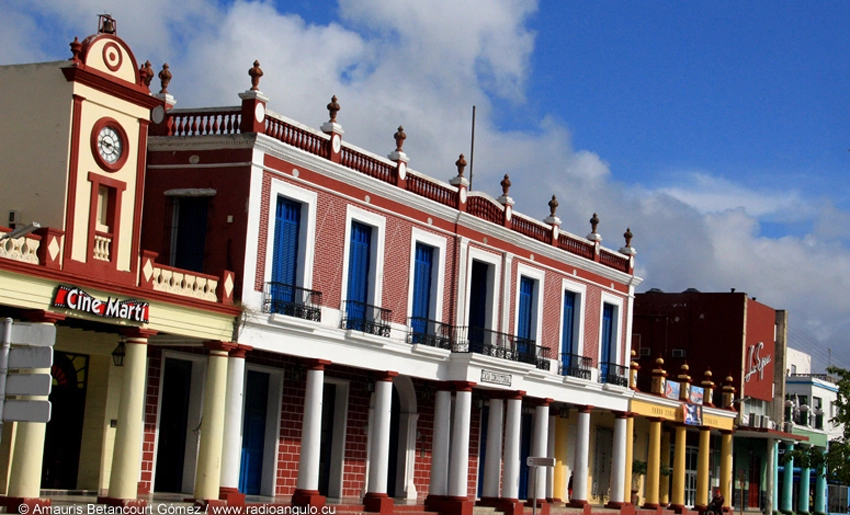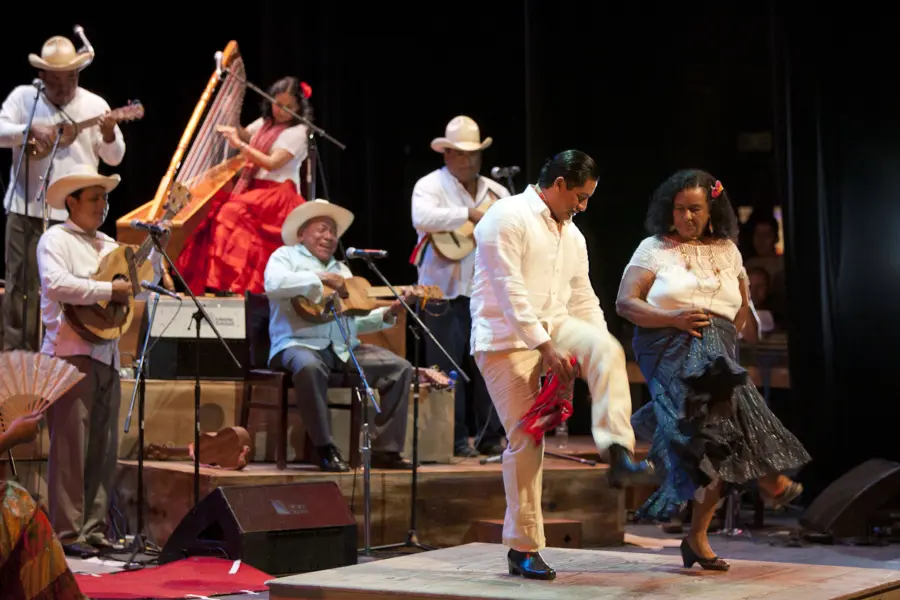Lari Lari: The Shapeshifting Spirit That Haunts the Andean Night

Photo: Archive
April 10, 2025 Hour: 12:45 pm
Among the high plateaus, misty lakeshores, and wind-swept Quechua territories of the Andes, tales persist of a mystical being known as Lari Lari — a creature of many forms and even more secrets.
Depending on the region, Lari Lari manifests differently. In the highlands, it takes the form of a feline with glowing eyes and a fiery reddish coat. Around the sacred waters of Lake Titicaca, it is described as a nocturnal bird, stealthy and seductive, known in some traditions as Jinchukkaño. In other areas influenced by Quechua cosmology, the entity is associated with natural phenomena such as the wind, evening light displays, and shooting stars.
But it is not merely its shifting appearance that makes Lari Lari feared and revered. According to oral traditions, this creature is a master of transformation, capable of becoming a wildcat, a monkey, a snake, a dog, or even a human. Its voice mimics that of loved ones with chilling perfection, luring unsuspecting travelers deep into the night.
“It is known to imitate voices of friends and family,” says one version of the legend, “deceiving the innocent with charm and familiarity.”
Sometimes confused with the Guajojó, another mythic bird with a haunting human-like cry, Lari Lari goes beyond imitation. It is believed to possess the uncanny ability to read the past, present, and future, making it both feared and sought after by those desperate for insight.
Its song, soft and melancholic, induces sleep. And it is during this slumber that Lari Lari strikes. In the highlands, elders say it steals the soul or drains the heart’s blood of its victims, especially vulnerable women — the pregnant and those in labor — who are said to suffer mysterious hemorrhages attributed to its presence.
Among men, encounters with Lari Lari are said to result in violent nosebleeds, leaving behind dazed survivors who recall only fragments of a dreamlike encounter.
Beyond its haunting characteristics, the myth of Lari Lari offers a window into Andean worldviews — where spirit, nature, and body intertwine, and where disease, death, and fate are seen as forces negotiated not only through medicine, but through cosmic storytelling and ancestral memory.
As with many Indigenous legends across Latin America, Lari Lari persists not only in whispered stories by the fire, but in dreams, illnesses, and unexplained moments of déjà vu — reminding the living that in the Andes, even the wind may carry a spirit’s voice.
Author: OSG






